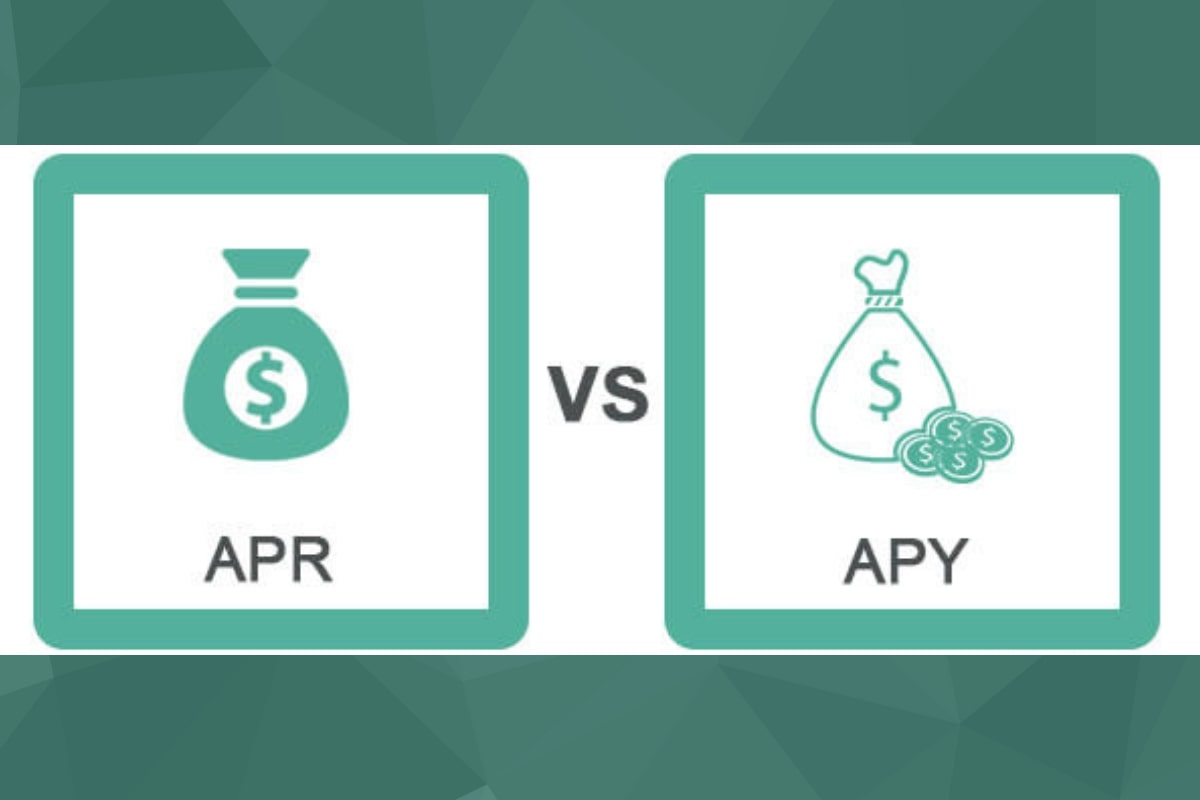Home>Finance>Master Node: Definition, How It Works In Crypto, Profitability


Finance
Master Node: Definition, How It Works In Crypto, Profitability
Published: December 23, 2023
Learn about master nodes in the world of finance, including their definition, how they work in cryptocurrency, and their profitability potential.
(Many of the links in this article redirect to a specific reviewed product. Your purchase of these products through affiliate links helps to generate commission for LiveWell, at no extra cost. Learn more)
Master Node: Definition, How It Works in Crypto, Profitability
When it comes to the world of cryptocurrency, there’s a lot of jargon and technical terms that can be quite overwhelming. One of these terms is “Master Node.” So, what exactly is a Master Node, and why is it important for crypto enthusiasts? In this blog post, we will delve into the definition of a Master Node, explore how it works within the cryptocurrency ecosystem, and discuss its profitability.
Key Takeaways:
- A Master Node is a computer wallet that supports a blockchain network by performing various functions.
- Master Nodes require a significant initial investment but can offer attractive financial rewards to those who operate them.
Understanding Master Nodes
A Master Node, in the context of cryptocurrency, is essentially a computer wallet that supports a blockchain network by performing specific functions. These functions can vary depending on the cryptocurrency, but they generally involve maintaining the network’s integrity, facilitating transactions, and participating in the consensus mechanism of the blockchain.
Operating a Master Node requires a significant initial investment, as it typically involves holding a certain amount of the cryptocurrency within the wallet and connecting the wallet to the network. This collateral is required to ensure that the Master Node operator has a vested interest in the network’s stability and security.
So, how does a Master Node actually work? When a transaction is initiated within the cryptocurrency network, it is transmitted to the Master Nodes for validation. These nodes then verify the authenticity of the transaction, ensure that it meets the network’s consensus rules, and add it to the blockchain if approved. Once the transaction is confirmed, the Master Node operator receives a financial reward, typically in the form of the cryptocurrency being used on the network.
The Profitability of Master Nodes
Master Nodes can be an attractive investment option for those who have a deep understanding of the cryptocurrency market and are willing to take on the associated risks. Operating a Master Node can provide a consistent income stream, as well as the opportunity to earn additional rewards as the cryptocurrency’s value increases.
Profitability in Master Nodes is determined by several factors, including the cost of acquiring and maintaining the necessary collateral, the transaction volume within the network, and the price of the cryptocurrency itself. It’s important to note that while Master Nodes can offer enticing financial rewards, they are not without risks. Fluctuations in the cryptocurrency market, network security concerns, and technological advancements can all impact the profitability of operating a Master Node.
In conclusion, Master Nodes play a crucial role in the functioning of cryptocurrency networks. They help maintain network integrity, facilitate transactions, and are compensated for their participation. While they require a significant initial investment and carry associated risks, Master Nodes can be a profitable venture for those who are knowledgeable and willing to navigate the ever-evolving cryptocurrency landscape.
Have you considered operating a Master Node? Share your thoughts and experiences in the comments below!














